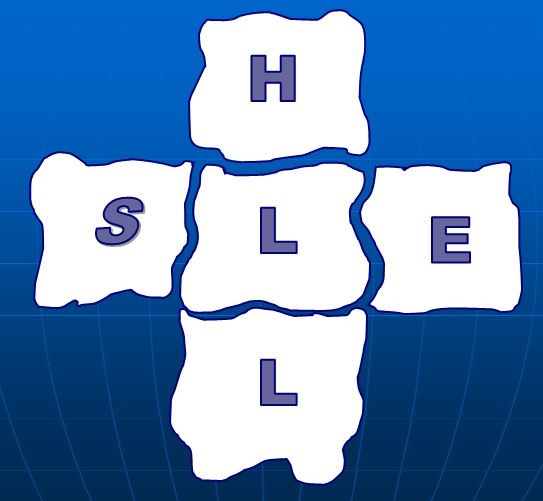|
Nov
29
2021
|
|
Posted 4 years 50 days ago ago by Admin
|
|

File this month’s blog as ‘nice to know’ information but not necessarily critical to flight safety. I think I’m correct in assuming that most of us in aviation have heard of Professor James Reason’s Swiss Cheese model of accident causation sometimes called the "cumulative act effect.” But have you ever heard of the SHELL model developed much earlier? I hadn’t heard of the SHELL model until I attended a 5-day CRM Instructor’s training course at Global Air Training in Cheshire, England. Global Air Training is an institution that has been training airline flight, cabin and all manner of aviation personnel for over 25 years to become certified CRM Instructors.
The SHELL model is a conceptual model of human factors that assists in understanding the human factor relationships and interaction between aviation system resources/environment (the flying subsystem) and the human component in the aviation system (called Liveware).
The SHELL model was first developed by Mr. Elwyn Edwards back in 1972. The model is named after the initial letters of its components which are: Software, Hardware, Environment, Liveware (humans). The model places emphasis, or I should say centers around, the human being and human interfaces with those other components of the aviation system, i.e. the Software, Hardware, the Environment and other humans, Liveware.
The SHELL model adopts a systems perspective much like Professor James Reason’s Swiss Cheese model that suggests the human being is rarely, if ever, the sole cause of an accident. The systems perspective considers a variety of contextual and task-related factors that interact with the human operator (Liveware) within the aviation system that have an affect on operator performance. As a result, the SHELL model considers both active and latent failures in the aviation system similar to the active and latent holes in James Reason’s Swiss cheese model.
So what do the letters in the SHELL model represent?
S= the software/liveware (human) interface, the non-physical aspects of systems to include Symbology and computer programs, Procedures (SOP’s, normal, abnormal or emergency drills), Rules and regulations i.e. company and authority, Training manuals & document design i.e. content and layout.
H= stands for Hardware interface with Liveware (humans) to include Ergonomics, Displays, Instrument interpretation, Scanning & detection, Work space, Controls with proper movement, coding and location.
E= environment in which Liveware (humans) operate. This includes disturbed biological rhythms - Sleep disturbance and deprivation / trans-meridian travel (jetlag), Pressurized cabin, Noise & vibration, and Weather conditions.
L= humans and relationships with other humans. This includes Leadership, co-operation, teamwork, personality interactions, Staff/management relationships, corporate culture & climate, and company operating pressures.
A supplementary theory about the SHELL model came later by adding one more component in which we all operate and that is Culture. It’s important to point out that human factors researchers have acknowledged that there is a cultural context in which all human systems interact. Thus the SHELL model can be further denoted as the SCHELL model, the added “C” being the cultural traits and characteristics as an add-on element to the SCHELL model in which Liveware, (humans) must operate.
Knowing about the existence of the SCHELL model, like knowing about James Reason’s Swiss Cheese model, are interesting concepts to contemplate but are not particularly useful in PREDICTING when or how an accident will happen. These models only serve to classify, or pigeonhole if you will, what has happened when conducting an accident investigation and perhaps make changes to ensure another similar accident does not occur in the future.
About Randy:
Randy Mains is an author, public speaker, and a CRM/AMRM consultant who works in the helicopter industry after a long career of aviation adventure. He currently serves as chief CRM/AMRM instructor for Oregon Aero. He may be contacted at [email protected].